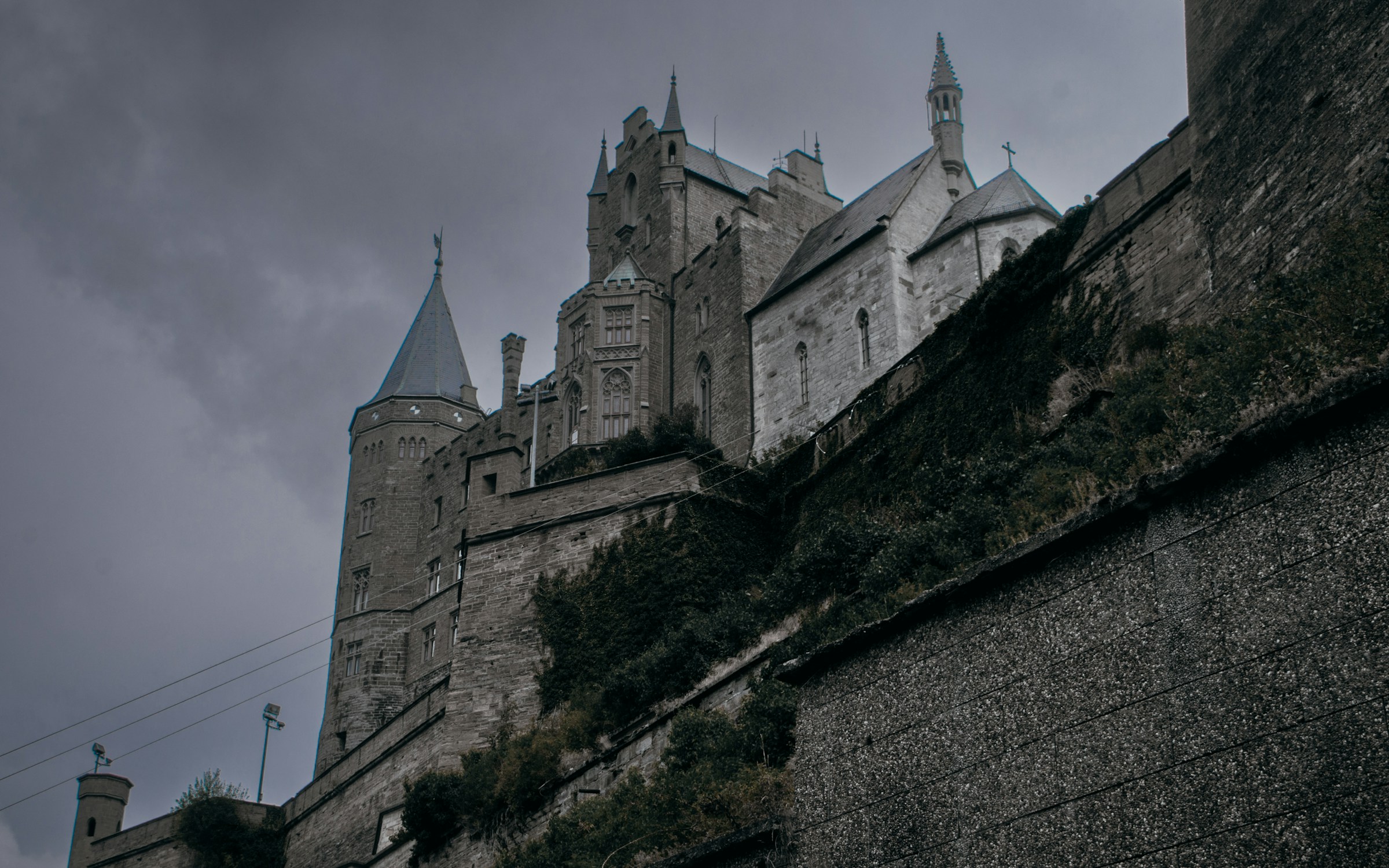2025 has undoubtedly been the year of Gothic adaptations, with Eggers’ Nosferatu kickstarting the year with its release on New Year’s Day. From the announcement of Fennel’s Wuthering Heights adaptation to Guillermo del Toro’s recent take on Frankenstein, the resurrection of this literary trope begs the question: how is it relevant today? As the leaves begin to fall, with nights getting longer and the rain getting heavier, right now is the perfect time to get cozy and dive into the diverse genre that is Gothic fiction.
The definition of Gothic literature evades uniformity, as the genre spans over centuries and shifts its focus to match the ever-changing concerns of the general public. This makes it difficult to recommend just one piece of Gothic literature, but if you are unfamiliar with the genre, Edgar Allan Poe’s The Tell-Tale Heart is a great place to begin. This short story marks the change from Romantic Gothic, consisting of large distant castles and grotesque monsters, to the psychological – the foundation of modern-day Horror. It is a refreshing take on Gothic as the American writer takes a European-based genre and reinvents it, defying tradition. With page count of under 70, The Tell-Tale Heart is an easy read for those who don’t delve into literature often, with uncomplicated language and a compelling story.
A Gothic novel that really radiates those Autumn vibes is Wuthering Heights. Although this novel is not as accessible for amateur readers due to its style of writing, its spooky atmosphere has you longing for the comfort of your bed while rain hammers at your window. The tension, the supernatural occurrences and vivid landscapes in this novel encapsulate the Gothic moodiness that perfectly suits the autumnal months. Now is the perfect time to read the novel before Emerald Fennel’s adaptation is released so you can conjure your own ideas on the source material before seeing it come to life on the big screen. Additionally, if you wish to immerse yourself in the spooky world of the novel you can take a scenic walk around Bute Park and Cardiff Castle while listening to the soundtrack of the film, produced by Charli XCX.
There is truly no better time to dive into the moody, grey world of Gothic literature than the autumn months – especially in the year of the Gothic’s resurgence. Whether it be through literature or film, I hope this article inspires you to explore this fascinatingly multi-faceted genre.
Words by Lara Goulding
October may be the month of Halloween, but November is the time that truly evokes the Gothic atmosphere. It sits in a liminal space between life and decay, the trees either barren or still clinging to their auburn leaves. Winter is quietly beginning to take hold. As mist coils through the streets, the days shrink, and even the light feels spectral. It becomes the perfect season to return to the Gothic: a genre fascinated by transformation, by the strange and the half-seen, by the beauty that hides in darkness.
I’ve always loved how Gothic literature turns dread into something exquisite, something to be romanticised rather than feared. In Wuthering Heights, the moors don’t just mirror Catherine and Heathcliff’s passion; they seem to breathe with it, wild and restless. In Dracula, the chill of the castle and the fog of London carry that same unease, a fear of things just beyond our understanding. Gothic literature has always refused to stay buried; it is haunted by emotion, memory and desire. The past never really dies; it lingers at the edge of things, whispering back through cracks in the present.
Reading these novels in November feels almost ceremonial. There’s the soft tap of rain on the glass, the faint smell of damp wood and the sense that the world outside is slowly dissolving into shadow. It’s the perfect setting for stories that exist between life and death, love and loss. There is a quiet joy in letting yourself linger in that uneasy stillness, in feeling the shadows stretch just as long as the imagination allows.
The Gothic endures because it knows how to change shape. You can feel its pulse in Crimson Peak, with its crumbling mansion and doomed romance, or in the modern retelling of Rebecca, all style and unease. Even today, the ‘haunted self’ is hard to shake. We live in a time where our identities shift online, where the ghosts we face are as much emotional as they are digital: old memories, unread messages, the versions of ourselves we leave behind.
Here in Cardiff, the Gothic still hums quietly under the surface. The spires of Llandaff Cathedral catch the last of the light before dusk, and the arches of Cardiff Castle seem to hold their breath. If you walk through Bute Park as the sun sets, the trees stand like tall silhouettes, and it’s easy to imagine that they’re watching you.
November isn’t just a backdrop for the Gothic; it feels like its true home. It’s a reminder that endings can be beautiful, that decay has its own kind of grace, and that transformation always waits somewhere in the mist.
Words by Megan Ingram-Jones
Featured image courtesy of Nelson Wong via Unsplash. No changes have been made to this image. Image licence found here.



